
The Vibrant Heart of Mumbai: Dadar
Discover Dadar: A bustling hub in Mumbai where vibrant markets, historic landmarks, and cultural richness come together, offering an authentic local experience.
Dadar, a bustling neighborhood in Mumbai, is a melting pot of culture, commerce, and history. Known for its lively markets, historic landmarks, and vibrant street life, Dadar offers an authentic slice of Mumbai's dynamic spirit. The neighborhood is split into Dadar East and Dadar West, each with its own unique charm and attractions. In Dadar East, you will find the famous Shivaji Park, a large public park where locals gather for sports and social activities. It's also a historic site where political gatherings and cultural events frequently take place. The park is surrounded by quaint cafes and eateries, offering a perfect spot to relax and soak in the local atmosphere. Dadar West is renowned for its bustling shopping streets, particularly the Dadar Market, where you can find everything from fresh flowers to traditional Indian garments. The area is also home to several historic temples, including the Siddhivinayak Temple, one of the most revered Hindu temples in Mumbai. The neighborhood's proximity to the Arabian Sea provides stunning sunset views, especially from the Dadar Chowpatty beach. Whether you're a history buff, a foodie, or a shopping enthusiast, Dadar has something to offer for every type of traveler. Its blend of old-world charm and modern amenities makes it an unmissable stop on your Mumbai itinerary.
Local tips in Dadar
- Visit Shivaji Park early in the morning to see locals practicing traditional Indian sports like kabaddi and cricket.
- Explore Dadar Market in the late afternoon to avoid the midday heat and to experience the hustle and bustle at its peak.
- Don't miss the evening aarti (prayer) at Siddhivinayak Temple for a spiritual and cultural experience.
- Try local delicacies like vada pav and pav bhaji at the street food stalls near Dadar Station.
- Catch a sunset at Dadar Chowpatty beach for a serene end to your day in Dadar.
The Vibrant Heart of Mumbai: Dadar
Dadar, a bustling neighborhood in Mumbai, is a melting pot of culture, commerce, and history. Known for its lively markets, historic landmarks, and vibrant street life, Dadar offers an authentic slice of Mumbai's dynamic spirit. The neighborhood is split into Dadar East and Dadar West, each with its own unique charm and attractions. In Dadar East, you will find the famous Shivaji Park, a large public park where locals gather for sports and social activities. It's also a historic site where political gatherings and cultural events frequently take place. The park is surrounded by quaint cafes and eateries, offering a perfect spot to relax and soak in the local atmosphere. Dadar West is renowned for its bustling shopping streets, particularly the Dadar Market, where you can find everything from fresh flowers to traditional Indian garments. The area is also home to several historic temples, including the Siddhivinayak Temple, one of the most revered Hindu temples in Mumbai. The neighborhood's proximity to the Arabian Sea provides stunning sunset views, especially from the Dadar Chowpatty beach. Whether you're a history buff, a foodie, or a shopping enthusiast, Dadar has something to offer for every type of traveler. Its blend of old-world charm and modern amenities makes it an unmissable stop on your Mumbai itinerary.
Iconic landmarks you can’t miss
Chaityabhoomi Dr. Babasaheb Ambedkar Smarak
Explore Chaityabhoomi, a tranquil memorial park in Mumbai dedicated to Dr. Babasaheb Ambedkar, symbolizing India's quest for justice and equality.
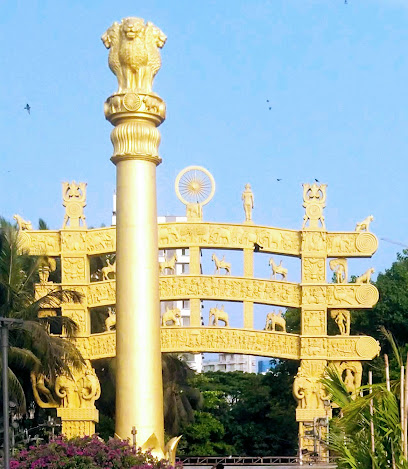
Rajgruha (Vishwaratna Dr.Babasaheb Ambedkar Museum)
Explore Rajgruha, the Vishwaratna Dr. Babasaheb Ambedkar Museum, a captivating tribute to India's social reformer and architect of the Constitution.
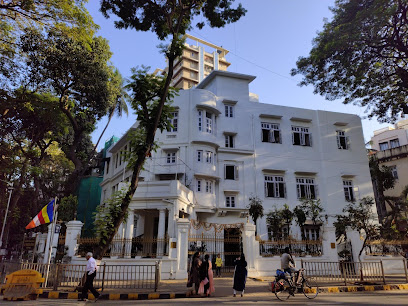
Mata Ramabai Ambedkar Smruti Viewing Deck
Experience the serene beauty and panoramic views of Mumbai from the Mata Ramabai Ambedkar Smruti Viewing Deck, a hidden gem in Dadar.
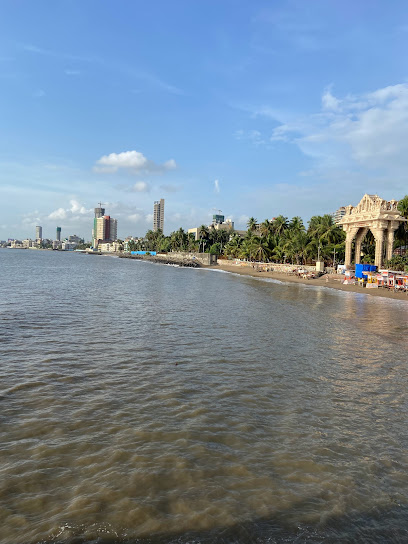
Chaitya Bhoomi Dwar
Visit Chaitya Bhoomi Dwar, a historical landmark in Mumbai honoring Dr. B.R. Ambedkar, featuring beautiful architecture and a tranquil atmosphere.
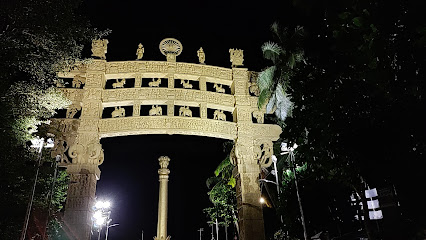
Veer Hutatma Bhai Kotwal Udyan
Experience the tranquility and historical significance of Veer Hutatma Bhai Kotwal Udyan, a serene oasis in the heart of Mumbai.
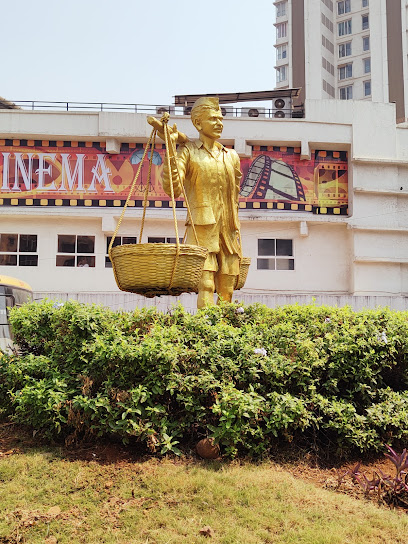
Ram Ganesh Gadkari Smarak
Explore the rich literary heritage of Maharashtra at Ram Ganesh Gadkari Smarak, a historical landmark honoring a great Marathi playwright.
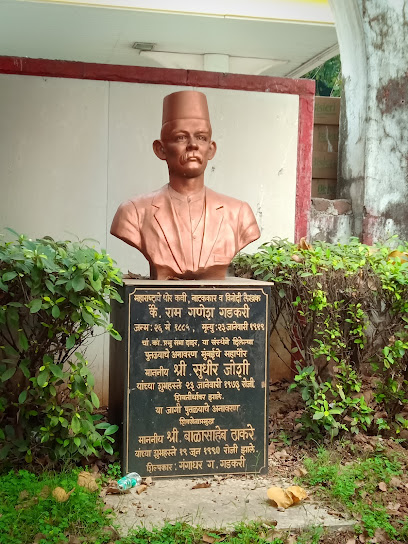
Lal Building
Explore the stunning Lal Building in Dadar, Mumbai – an architectural marvel that reflects the city's vibrant culture and rich history.
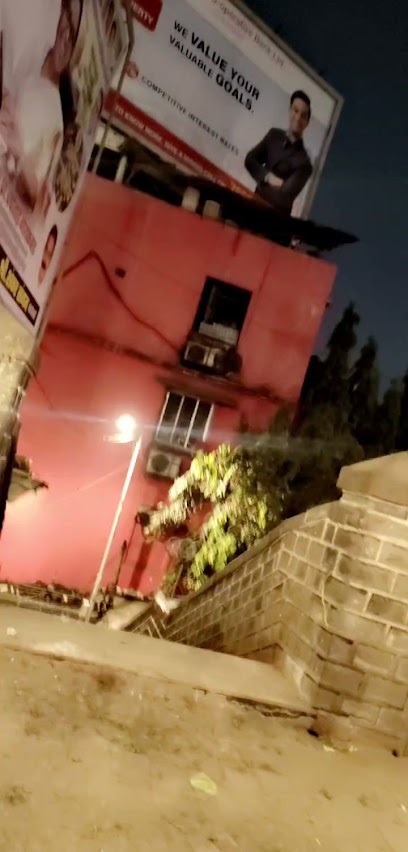
Farmer Statue near dadar east west bridge
Discover the Farmer Statue in Dadar, a poignant tribute to Maharashtra's agricultural heritage amidst the vibrant life of Mumbai.
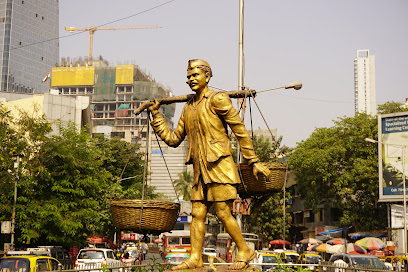
I love dadar logo .
Experience the vibrant spirit of Mumbai at the iconic I Love Dadar logo, a symbol of community pride and cultural richness in Dadar.
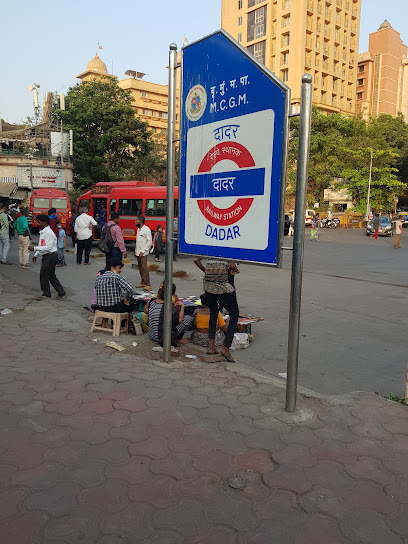
Old Railway Clock
Explore the Old Railway Clock in Dadar, a historic landmark that reflects Mumbai's rich heritage and architectural beauty amidst the city's vibrant atmosphere.
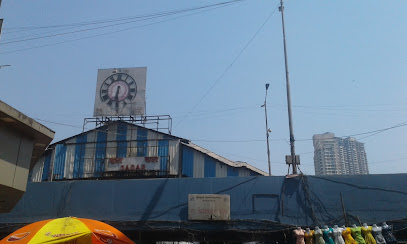
Unmissable attractions to see
Shree Siddhivinayak Temple
Discover the spiritual essence of Mumbai at Shree Siddhivinayak Temple, a revered Hindu temple dedicated to Lord Ganesha, rich in culture and devotion.
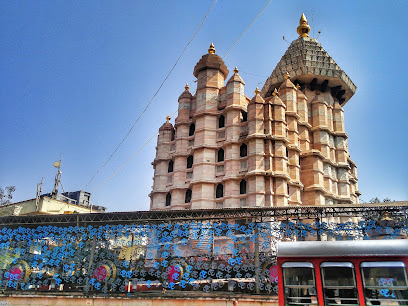
Chhatrapati Shivaji Maharaj Park
Discover the serene beauty of Chhatrapati Shivaji Maharaj Park, an urban retreat filled with history, lush greenery, and cultural monuments in the heart of Mumbai.
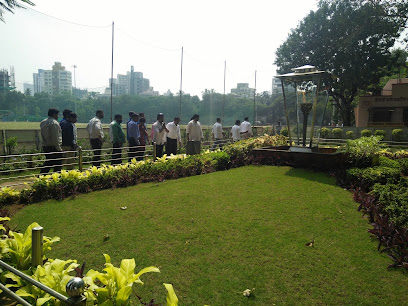
Mancherji Joshi Five Gardens
Explore the tranquil beauty of Mancherji Joshi Five Gardens, a lush oasis in the heart of Mumbai perfect for relaxation and family outings.
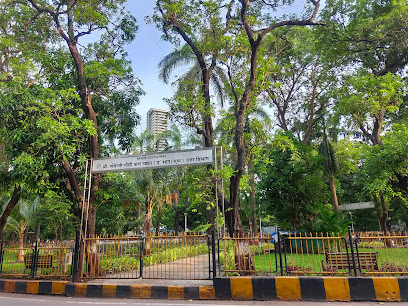
Chaityabhoomi Dr. Babasaheb Ambedkar Smarak
Discover Chaityabhoomi, a tranquil memorial park in Mumbai honoring Dr. B.R. Ambedkar, celebrated for its historical significance and serene beauty.
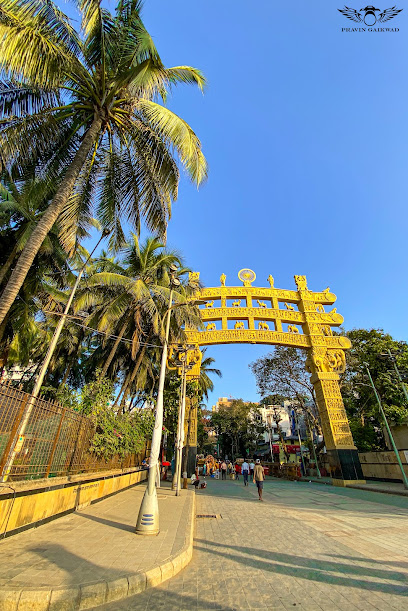
Veer Baji Prabhu Udyan
Discover the serene beauty of Veer Baji Prabhu Udyan, a lush park in the heart of Mumbai, perfect for relaxation and outdoor activities.
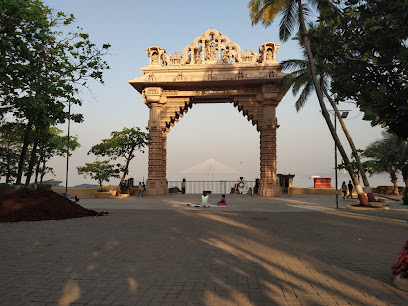
Rajgruha (Vishwaratna Dr.Babasaheb Ambedkar Museum)
Explore Rajgruha, the Vishwaratna Dr. B.R. Ambedkar Museum, and uncover the inspiring journey of India's champion for social justice.

Mata Ramabai Ambedkar Smruti Viewing Deck
Discover the beauty and history of Mumbai at the Mata Ramabai Ambedkar Smruti Viewing Deck, a must-visit tourist attraction in Dadar West.
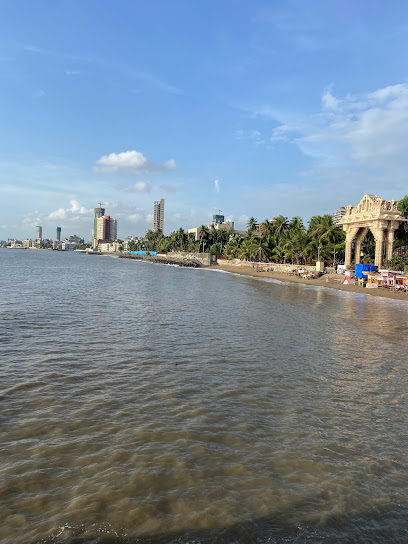
DADAR Chowpatty deck
Experience the scenic beauty and local flavors at DADAR Chowpatty, a must-visit coastal attraction in Mumbai.
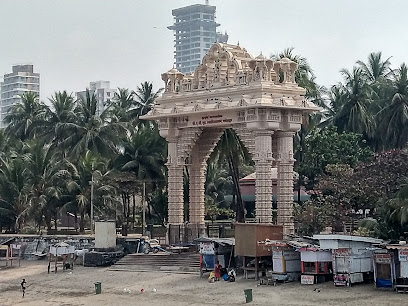
Vaibhavshali Dadar
Explore Vaibhavshali Dadar, a serene tribute to India's independence, located in the heart of Mumbai's vibrant Shivaji Park area.
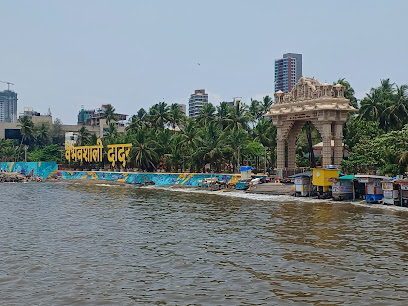
Farmer Statue near dadar east west bridge
Discover the Farmer Statue in Dadar, a captivating tribute to Mumbai's agricultural heritage and a perfect spot for tourists to explore the city's vibrant culture.

Essential places to dine
Pritam Da Dhaba
Discover the rich flavors of Punjab at Pritam Da Dhaba in Mumbai – where every meal is a celebration of North Indian cuisine.
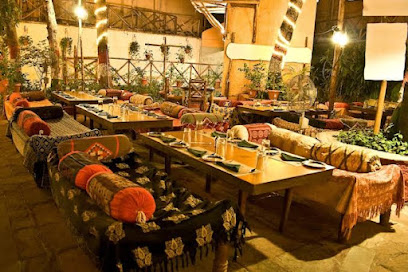
Gypsy CORNER
Experience authentic Indian cuisine at Gypsy CORNER in Dadar West – where tradition meets flavor in every bite.
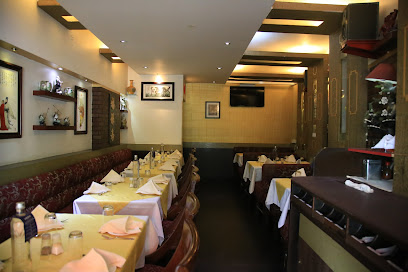
Great Punjab Restaurant And Bar
Experience authentic North Indian cuisine at Great Punjab Restaurant And Bar in Mumbai—where every meal is a celebration of flavors.
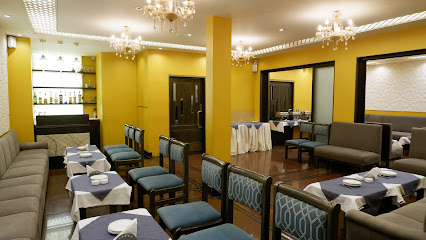
Tanatan Shivaji Park
Discover the vibrant flavors and lively atmosphere at Tanatan Shivaji Park – Mumbai's premier destination for Indian cuisine and live music.
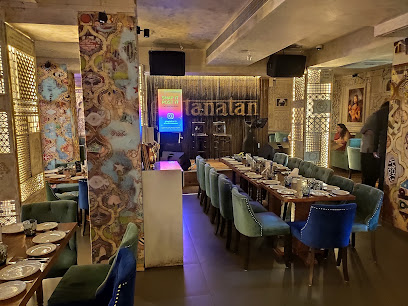
Mama Kane's Swatchha Upahar Griha
Discover the heart of Maharashtra through exquisite vegetarian dishes at Mama Kane's Swatchha Upahar Griha in Mumbai.
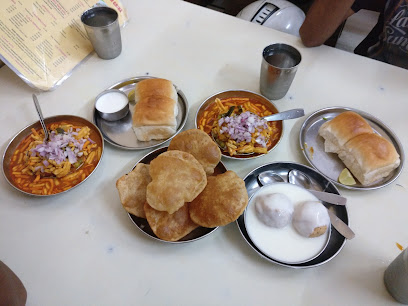
Ronaldo's Family Restaurant
Discover authentic Goan flavors at Ronaldo's Family Restaurant in Dadar West, Mumbai - a perfect family-friendly dining destination.
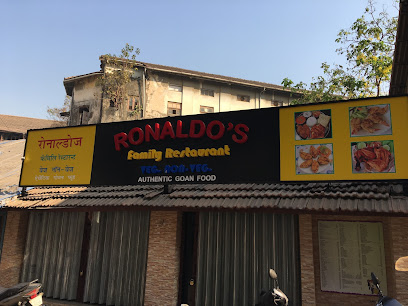
Cottage Grill
Discover the flavors of India and China at Cottage Grill, a must-visit restaurant in Dadar West, Mumbai.
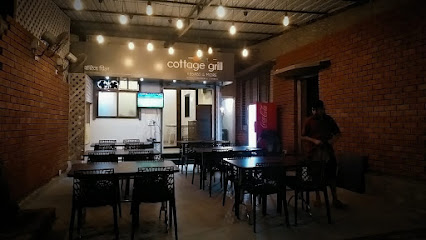
Dadar Social
Experience the vibrant blend of dining and socializing at Dadar Social – Mumbai's ultimate culinary hotspot.
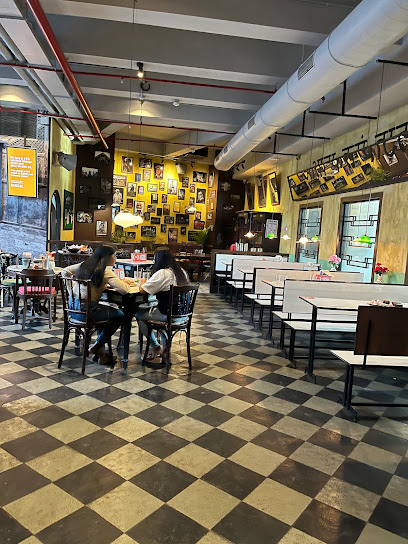
Punjabi Tadka
Discover the authentic flavors of Punjab and Thailand at Punjabi Tadka in Mumbai – where every dish tells a story.
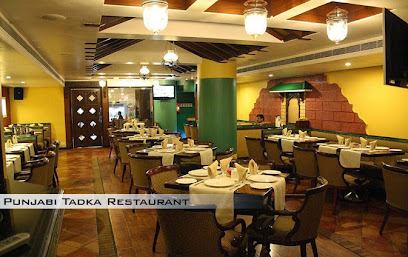
Rasoi Kitchen
Experience authentic Chinese flavors at Rasoi Kitchen in Dadar East - where culinary excellence meets inviting ambiance.
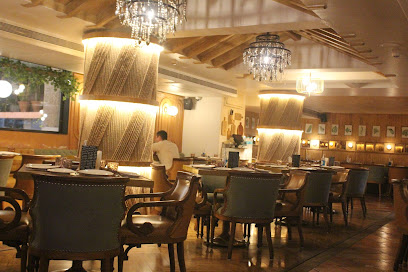
Markets, malls and hidden boutiques
Suvidha Complete Family Shop
Discover a vibrant clothing store in Dadar, Mumbai, offering a diverse range of apparel for the entire family in a friendly shopping environment.
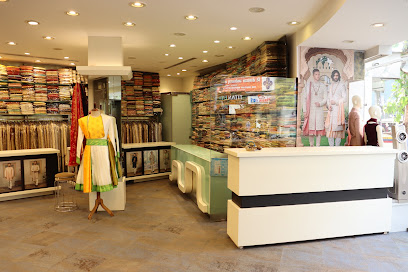
KAMDAR & KAMDAR Trusted Watch Shop Since 1971
Discover KAMDAR & KAMDAR in Dadar, Mumbai – a premier destination for luxurious watches, jewelry, and gifts with a legacy of trust since 1971.
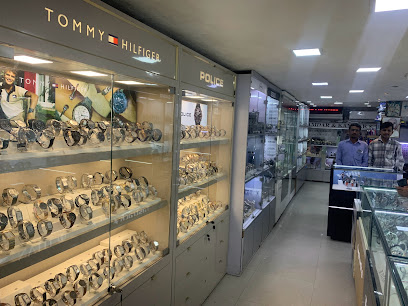
Dadar Emporium
Discover the latest trends in women's fashion at Dadar Emporium, Mumbai's go-to destination for stylish clothing and accessories.
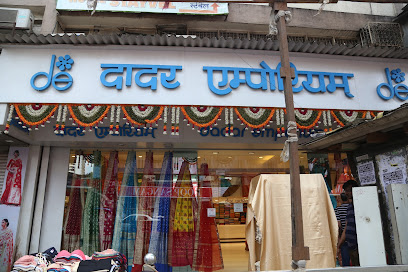
Fabindia, Dadar East
Explore Fabindia in Dadar East for a unique blend of traditional and contemporary Indian clothing and accessories, celebrating rich cultural heritage.
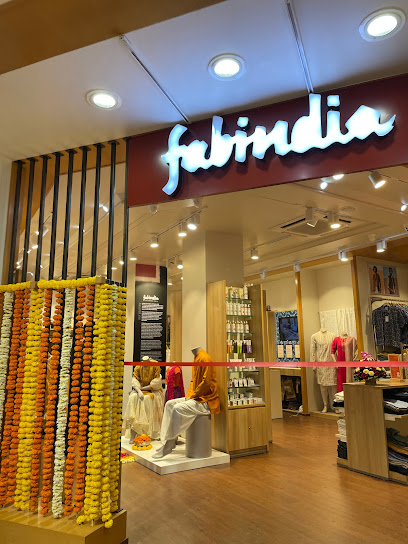
Simran Women Clothing Store, Mumbai Dadar | Plus Size Clothing Store
Explore a diverse collection of women's clothing at Simran Women Clothing Store in Mumbai, featuring plus size, bridal, and designer attire for every occasion.
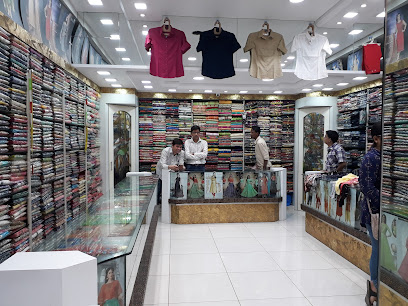
Shilpi Home Store
Discover unique gifts and home decor at Shilpi Home Store in Dadar West, Mumbai – a perfect blend of tradition and modern artistry.
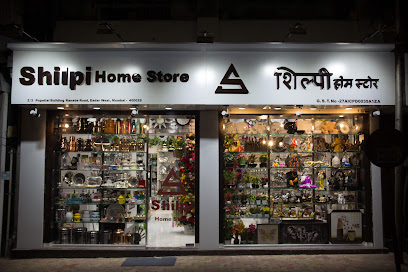
Aavrutti Boutique - Best Ladies Wear in Dadar.
Discover Aavrutti Boutique in Dadar, Mumbai, for a stunning selection of women's fashion, blending tradition and modernity in every piece.

Mohansons Bharat General Stores
Explore the eclectic offerings at Mohansons Bharat General Stores, where unique gifts meet practical needs in the heart of Mumbai.
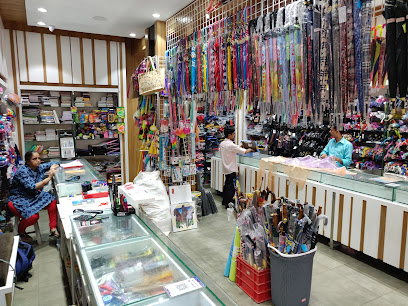
SHUBH - (GIFT SHOP & NOVELTY )
Discover unique gifts and Indian handicrafts at SHUBH, a charming gift shop in Dadar, Mumbai, perfect for tourists seeking memorable souvenirs.
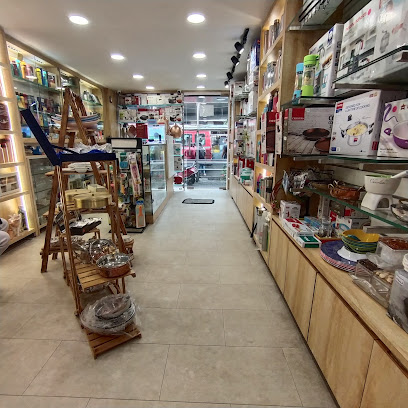
Laxmi Stores
Explore Laxmi Stores in Mumbai for an unforgettable shopping experience filled with unique gifts, toys, and sporting goods.
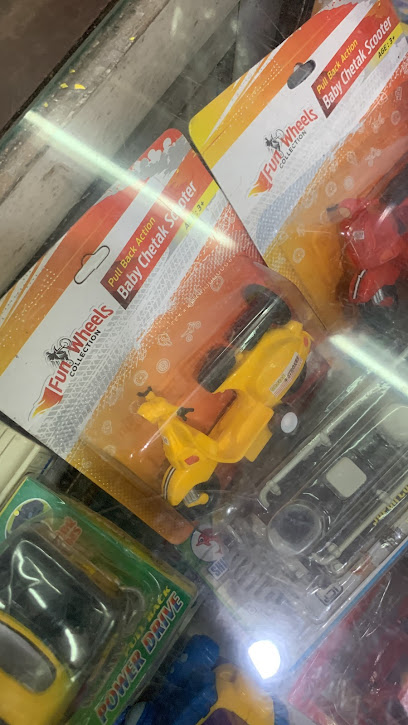
Essential bars & hidden hideouts
Great Punjab Restaurant And Bar
Experience the rich flavors of Punjab at Great Punjab Restaurant and Bar, a must-visit culinary destination in Mumbai's Dadar East.
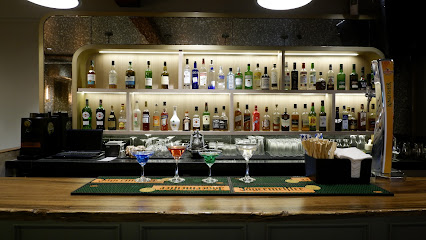
My Regular Place, Dadar
Explore the vibrant nightlife of Mumbai at My Regular Place, a spirited bar and restaurant in Dadar offering delicious cuisine and a lively atmosphere.
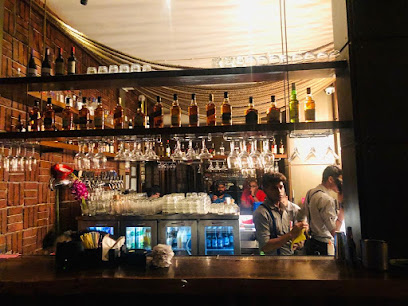
Tanatan Shivaji Park
Experience the vibrant flavors of India at Tanatan Shivaji Park, where delightful cuisine meets live music and exquisite cocktails in a lively atmosphere.
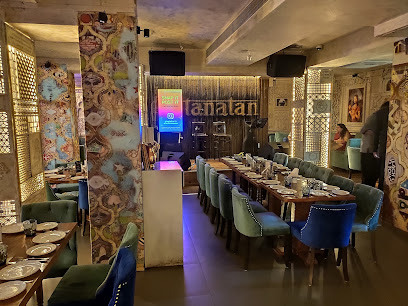
THE BAR STOCK EXCHANGE - Dadar West
Experience Mumbai's nightlife at The Bar Stock Exchange in Dadar West, where drink prices fluctuate and fun is always on the menu.
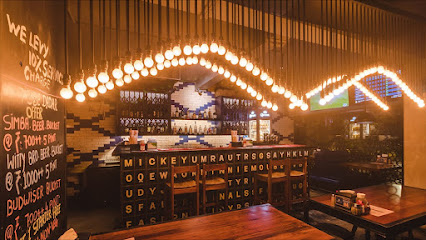
GK Bar
Explore the lively ambiance and delicious cuisine at GK Bar, a must-visit destination in Mumbai's vibrant Dadar neighborhood.
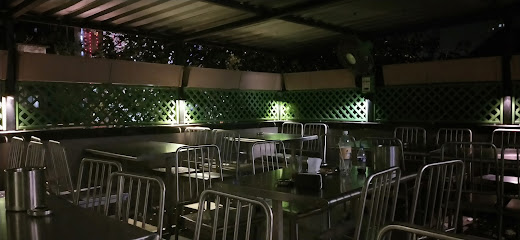
Prithvi's Cavern
Experience the vibrant nightlife and exquisite dining at Prithvi's Cavern, a must-visit bar and restaurant in Mumbai's Dadar East.
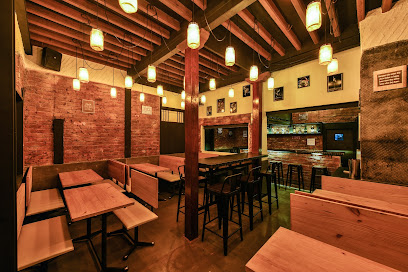
Silver Inn Restaurant & Bar
Experience the vibrant Mughlai cuisine and lively bar atmosphere at Silver Inn Restaurant & Bar in Dadar, Mumbai, perfect for families and friends.
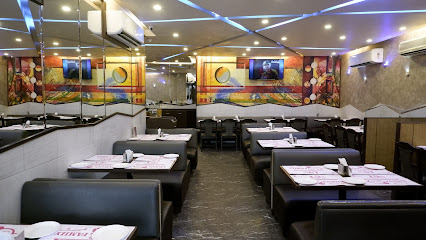
Teatro Bar & Grill
Discover the vibrant flavors of Mumbai at Teatro Bar & Grill, where every dish tells a story of culinary excellence and cultural richness.
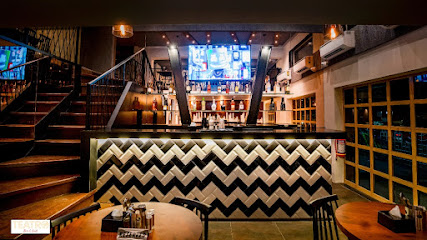
Silver Spring Restaurant & Bar
Discover the vibrant culinary scene at Silver Spring Restaurant & Bar, where delicious food and lively atmosphere meet in the heart of Dadar, Mumbai.

New Sindh Punjab Hotel Bar & Restaurant
Discover the vibrant flavors of Punjab at New Sindh Punjab Hotel Bar & Restaurant in the heart of Mumbai, where tradition meets modern dining.

Local Phrases
-
- Helloनमस्कार
[namaskar] - Goodbyeअलविदा
[alvida] - Yesहाँ
[haan] - Noनहीं
[nahin] - Please/You're welcomeकृपया
[krupaya] - Thank youधन्यवाद
[dhanyavad] - Excuse me/Sorryक्षमा करें
[kshama karen] - How are you?आप कैसे हैं?
[aap kaise hain?] - Fine. And you?ठीक हूँ। और आप?
[thik hoon. aur aap?] - Do you speak English?क्या आप अंग्रेजी बोलते हैं?
[kya aap angreji bolte hain?] - I don't understandमुझे समझ में नहीं आया
[mujhe samajh mein nahi aaya]
- Helloनमस्कार
-
- I'd like to see the menu, pleaseकृपया मेनू दिखाएं
[krupaya menu dikhayen] - I don't eat meatमैं मांस नहीं खाता
[main maans nahi khata] - Cheers!चियर्स!
[cheers!] - I would like to pay, pleaseकृपया मैं भुगतान करना चाहूँ
[krupaya main bhugtan karna chahoon]
- I'd like to see the menu, pleaseकृपया मेनू दिखाएं
-
- Help!मदद!
[madad!] - Go away!चले जाओ!
[chale jao!] - Call the Police!पुलिस को बुलाओ!
[police ko bulaao!] - Call a doctor!डॉक्टर को बुलाओ!
[doctor ko bulaao!] - I'm lostमैं खो गया/गई हूँ
[main kho gaya/gayi hoon] - I'm illमुझे बीमारी है
[mujhe bimari hai]
- Help!मदद!
-
- I'd like to buy...मैं ... खरीदना चाहूंगा/चाहूंगी
[main ... khareedna chahunga/chahungi] - I'm just lookingमैं सिर्फ देख रहा/रही हूँ
[main sirf dekh raha/rahi hoon] - How much is it?यह कितने का है?
[yah kitne ka hai?] - That's too expensiveयह बहुत महंगा है
[yah bahut mahnga hai] - Can you lower the price?क्या आप कीमत कम कर सकते हैं?
[kya aap keemat kam kar sakte hain?]
- I'd like to buy...मैं ... खरीदना चाहूंगा/चाहूंगी
-
- What time is it?अभी कितने बजे हैं?
[abhi kitne baje hain?] - It's one o'clockएक बजे हैं
[ek baje hain] - Half past (10)दस बजे तक
[das baje tak] - Morningसुबह
[subah] - Afternoonदोपहर
[dopahar] - Eveningशाम
[shaam] - Yesterdayकल
[kal] - Todayआज
[aaj] - Tomorrowकल
[kal] - 1एक
[ek] - 2दो
[do] - 3तीन
[teen] - 4चार
[chaar] - 5पाँच
[paanch] - 6छह
[chhah] - 7सात
[saat] - 8आठ
[aath] - 9नौ
[nau] - 10दस
[das]
- What time is it?अभी कितने बजे हैं?
-
- Where's a/the...?... कहाँ है?
[... kahan hai?] - What's the address?पता क्या है?
[pata kya hai?] - Can you show me (on the map)?क्या आप मुझे दिखा सकते हैं (नक्शे पर)?
[kya aap mujhe dikha sakte hain (naksha par)?] - When's the next (bus)?अगली (बस) कब है?
[agli (bas) kab hai?] - A ticket (to ....)एक टिकट (.... के लिए)
[ek ticket (... ke liye)]
- Where's a/the...?... कहाँ है?
History of Dadar
-
Dadar, one of Mumbai's oldest neighborhoods, has historical roots that date back to the early 19th century. Originally a marshy area, it was developed into a residential locality with the establishment of the railway line in 1853. This transformation marked Dadar as a significant junction in Mumbai's urban landscape, connecting the city to the emerging suburbs.
-
Dadar is renowned for its vibrant cultural scene, which reflects the diverse communities that inhabit the area. Historically, it has been home to several ethnic groups, including Maharashtrians, Gujaratis, and South Indians. The neighborhood is particularly famous for its Marathi theatre, with venues like the Shivaji Mandir, established in 1950, hosting numerous plays and cultural events that showcase the rich artistic heritage of Maharashtra.
-
The Dadar Flower Market, known as 'Dadar Phool Gully,' is one of the largest flower markets in Mumbai, operating since the early 20th century. This bustling marketplace is a sensory delight, filled with vibrant colors and fragrances. It serves as a vital link for local florists and decorators, reflecting the traditional practices of flower offerings in Hindu rituals and celebrations, thereby cementing Dadar's role in the city's cultural and religious life.
-
Dadar Chowpatty, a popular beach known for its scenic views and local street food, has historical significance as a social gathering point for the residents of Mumbai. It has witnessed numerous public events, protests, and celebrations, making it a focal point for community engagement throughout the years. The beach area has evolved into a space for relaxation and cultural festivities, epitomizing the spirit of Mumbai's coastal lifestyle.
-
Dadar is also recognized as an educational hub, home to several prestigious institutions such as the Ruia College and the A. M. S. High School. The establishment of these institutions in the late 19th and early 20th centuries marked Dadar as a center for learning and intellectual discourse, contributing significantly to the educational landscape of Mumbai and fostering a culture of scholarship that persists to this day.
Dadar Essentials
-
Dadar is well connected to other parts of Mumbai, making it easily accessible. The Dadar railway station is a major hub for both local and long-distance trains, connecting you to the Western and Central railway lines. From other neighborhoods, you can take a local train to Dadar, which is often the quickest option. For those preferring road transport, Dadar is serviced by numerous buses operated by the Brihanmumbai Electric Supply and Transport (BEST), and taxis or auto-rickshaws are readily available. If you're coming from the Chhatrapati Shivaji Maharaj International Airport, you can take a pre-paid taxi or an Uber, which takes about 30-45 minutes depending on traffic.
-
Dadar is a bustling area, and the best way to get around is via local trains, buses, and taxis. The Dadar railway station serves as a major junction, facilitating easy access to various parts of the city. BEST buses cover multiple routes across the city, including Dadar. Auto-rickshaws are also available for shorter distances. For a more local experience, you can rent a bicycle from one of the bike-sharing services available in the city. Walking is also a great way to explore the vibrant streets and markets of Dadar.
-
Dadar is generally safe for tourists, but like any urban area, it's wise to stay vigilant. Avoid poorly lit areas at night, and keep an eye on your belongings in crowded places, such as markets and public transport. Areas near Dadar's railway station can be busy and chaotic, so exercise caution there. Petty crimes like pickpocketing can occur, so be mindful of your surroundings. It's advisable to avoid isolated areas and to stick to well-trafficked streets, especially after dark.
-
In case of an emergency, dial 100 for police assistance, 101 for fire services, and 102 for ambulance services in Mumbai. Local hospitals, such as KEM Hospital and Sion Hospital, are equipped to handle emergencies. It is advisable to have a travel insurance policy that covers medical emergencies. For minor health issues, pharmacies are available throughout Dadar where you can purchase basic medications.
-
Fashion: Do dress modestly, especially when visiting temples or other religious sites. Avoid wearing revealing clothing. Religion: Do respect local customs and traditions. Always remove your shoes before entering religious sites. Public Transport: Do be courteous and offer your seat to elderly passengers. Don't eat or drink on public transport. Greetings: Do greet people with a nod or a handshake. Avoid excessive physical contact with strangers. Eating & Drinking: Do try local food from street vendors, but ensure it's freshly prepared. Don't drink tap water; opt for bottled water instead.
-
To experience Dadar like a local, visit the iconic Dadar Flower Market (Dadar Phool Gully) early in the morning, where you can see vibrant flowers being sold and enjoy the hustle and bustle of local life. Don’t miss the chance to explore Shivaji Park, a large public park where locals gather for exercise and socializing. Sample local delicacies such as 'vada pav' and 'pav bhaji' from street vendors. Engage with local residents, who are often welcoming and eager to share insights about their culture and neighborhood.
Trending Landmarks in Dadar
-
Chaityabhoomi Dr. Babasaheb Ambedkar Smarak
-
Rajgruha (Vishwaratna Dr.Babasaheb Ambedkar Museum)
-
Mata Ramabai Ambedkar Smruti Viewing Deck
-
Chaitya Bhoomi Dwar
-
Veer Hutatma Bhai Kotwal Udyan
-
Ram Ganesh Gadkari Smarak
-
Lal Building
-
Farmer Statue near dadar east west bridge
-
I love dadar logo .
-
Old Railway Clock









